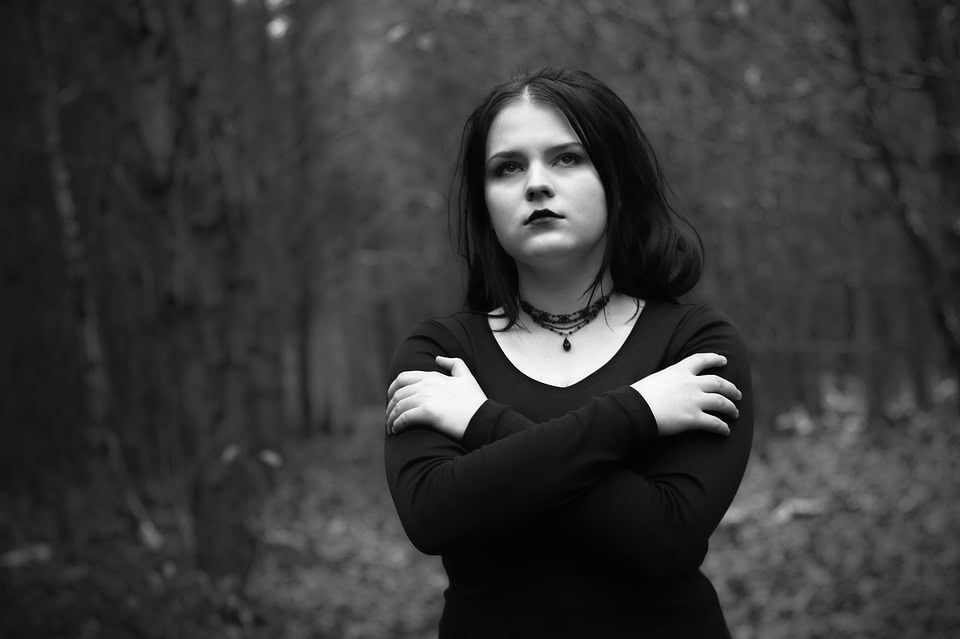
Image courtesy of Pixabay.com
Bipolar II Disorder symptoms are very similar to Bipolar I Disorder. A bipolar disorder treatment program requires an accurate diagnosis in order to be effective. Bipolar disorder is a frequently misunderstood diagnosis.
In a previous article we discussed some of the top indicators of Bipolar I Disorder. In this article we will discuss some of the top indicators of Bipolar II Disorder.
All types of bipolar disorder (cyclothymic disorder (or cyclothymia) and other specified and unspecified bipolar and related disorders are other, less common types of bipolarity) are distinctly marked by episodes of extreme highs (mania, or manic episodes) and extreme lows (depressive episodes).
Depressive episodes are very much alike with both Bipolar I and Bipolar II disorders, and there are few surprises in this regard. The primary difference between the two types of disorder is found in the extremity of the manic episodes that are the result of each. The mania is significantly greater with Bipolar I, while Bipolar II exhibits a condition known as “hypomania,” which is essentially a much lesser degree of mania. What does that mean? Manic behaviors are typically more severe, and are considered to be “out of character,” or even dangerous for the manic individual. Hypomanic behaviors might seem “out of character” for the individual, but would not necessarily be considered “abnormal.”
Bipolar I Disorder
To be properly diagnosed with Bipolar I Disorder, you need to have experienced at least one manic episode (so severe that hospital care was required), preceded or followed by a depressive episode.
Manic episode symptoms are generally so intrusive and poignant that there is little room for doubt that something is “off.” Such episodes are typically characterized by recognizable bipolar disorder symptoms such as:
- state of euphoria (unexplainable happiness, elation)
- disturbed sleep
- restlessness
- high energy levels
- compulsively “explosive” temper, argumentative, and confrontational
- disturbed concentration
- risky behaviors (including promiscuity, substance abuse, excessive gambling, compulsive shopping, etc.)
Bipolar II Disorder
Bipolar II is commonly misdiagnosed as depression. Granted, it often involves major depressive episodes lasting at least two weeks, as well as at least one hypomanic episode. Note that Bipolar II mania is usually not severe enough to require hospitalization.
When the mania that would indicate bipolarity is dormant, the focus naturally falls on the individual’s depressive symptoms.
Bipolar Disorder Causes
We still don’t know exactly what the root cause of bipolar disorder is. Popular beliefs include: abnormal cerebral characteristics (physical), an imbalance in cerebral chemicals, and certain genetic characteristics.
Like other medical conditions, bipolarity is often passed along through families. Those with parents or siblings who have bipolar disorder run a greater risk of developing it themselves. The genetic source of bipolar disorder also continues to be a mystery.
It’s commonly acknowledged that substance abuse, acute stress, and/or emotionally traumatic episodes may trigger bipolarity. Such triggers include childhood abuse, the loss of a loved one, PTSD, etc.
Bipolar Disorder Treatment
Bipolar disorders are usually treated with a combination of medications and psychotherapy. You should discuss side effects and interaction effects of any medications prescribed by your mental health professional with him or her.
Mood stabilizers are generally the first go-to pharmaceutical for treatment, and these can be taken for an extended duration. Lithium has been a widely used mood stabilizer for several years. Though it does have several potential side effects, including decreased thyroid functioning, indigestion, and joint pain. An antipsychotic medication (sometimes more than one) can be carefully selected and prescribed in an appropriate dosage by your health care professional to treat manic episodes.
Regarding psychotherapy, often talking about your experiences openly and honestly with someone you trust can give you valuable insights into your mental illness, as can journaling. Pay attention to your moods, sleeping and eating patterns, and significant life events to help you and your mental health professional understand how the medications and psychotherapy are working. If overall symptoms don’t show an improvement or decline, your doctor may suggest changing up your medications, or may try a different psychotherapeutic approach.
Moving Forward
There is no cure for bipolar disorder, at least not yet. Proper treatment and support from your family and friends will help you manage your symptoms and quality of life. Be sure to keep your family and friends in the loop regarding your treatment, and follow your mental healthcare professional’s directions in regard to medications and lifestyle choices, including:
- Diet
- Sleep
- Alcohol and/or drug use
- Stress management
Learn as much as you can about bipolar disorder, as the more you know about your condition, the more in control you will feel as you manage your mental illness. You may gain insights to help you repair damaged or strained relationships. Helping those in your life better understand your condition can help them be more understanding regarding past hurtful interactions.
Always remember that this is a manageable condition, and that you are not alone. Talk to your mental health professional or contact local hospitals about local resources and support groups.
Are you concerned about the possibility that you or a loved one may have bipolar disorder? Don’t fret! It’s treatable and manageable! If you or someone close to you need to talk to someone about mental health issues that seem overwhelming, we can help. Consider reaching out to our expert team at Solara Mental Health at 844-600-9747.


